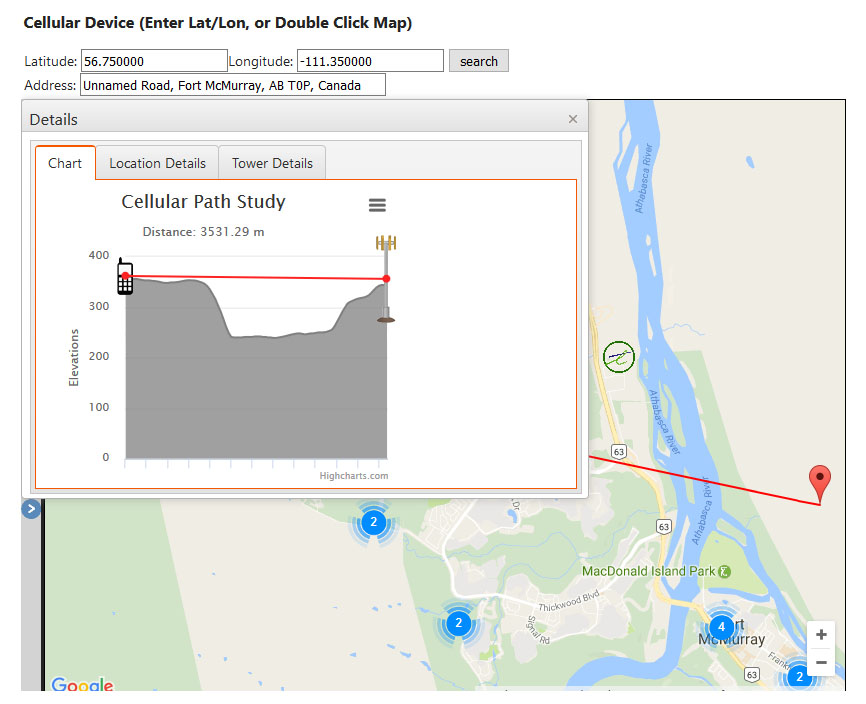Hi guys, I'm new to radio. Planning for general family preparedness. I have my GMRS license/working towards ham as well. I bought the Wouxun Kg1000g, BTECH UV-50X2 and a few UV5Rs. I live on Long Island NY/Queens. I like the idea of portability/mobility so I bought two N9TAX slim jim antennas in murs/gmrs as well as one in 2m/70cm for the UV5R. All I'm looking to do is talk back and forth with family if cell service goes out. My parents are getting old so I am keeping them in mind and will be giving them one of the 50 watt radios mentioned as well as the slim jim (until I know more about antennas). I got the slim jim since it can be easily rolled up and stowed away and traveled with plus it can be hoisted high up in a tree or put on a long pole and hoisted up/taken down.
*How far should I expect to reach via simplex with the slim jim antenna 25 ft up on Long Island? There is a repeater 16 miles away from my parents run by BTG communications (they have 3 repeaters connected) and pretty much covers the whole of Long Island so I am excited to join and pay the yearly fee to use their repeaters. I am 20 miles from parents when in Queens and 52-55 miles from them when out on Long Island. I bought lmr240 cable in 33 ft lengths for the slim jim antennas.
Any antenna recommendations for home base you guys can recommend for permanent roof mounting? I see Ed Fong makes a few.
How much further will I reach with a roof antenna compared to a simple car roof antenna on an aluminum cookie plate put up on the roof? Would a boat antenna work? (it can be folded down and back up when not in use).
User mmckenna recommended some great portable car antennas :
Larsen NMOWB450C UHF Wide Band 450-470MHz Mobile Antenna 35 1/2" w/Spring Base NMOQSPEC : Quarter Wave Omnidirectinal Whip Antenna
*How far should I expect to reach via simplex with the slim jim antenna 25 ft up on Long Island? There is a repeater 16 miles away from my parents run by BTG communications (they have 3 repeaters connected) and pretty much covers the whole of Long Island so I am excited to join and pay the yearly fee to use their repeaters. I am 20 miles from parents when in Queens and 52-55 miles from them when out on Long Island. I bought lmr240 cable in 33 ft lengths for the slim jim antennas.
Any antenna recommendations for home base you guys can recommend for permanent roof mounting? I see Ed Fong makes a few.
How much further will I reach with a roof antenna compared to a simple car roof antenna on an aluminum cookie plate put up on the roof? Would a boat antenna work? (it can be folded down and back up when not in use).
User mmckenna recommended some great portable car antennas :
Larsen NMOWB450C UHF Wide Band 450-470MHz Mobile Antenna 35 1/2" w/Spring Base NMOQSPEC : Quarter Wave Omnidirectinal Whip Antenna



